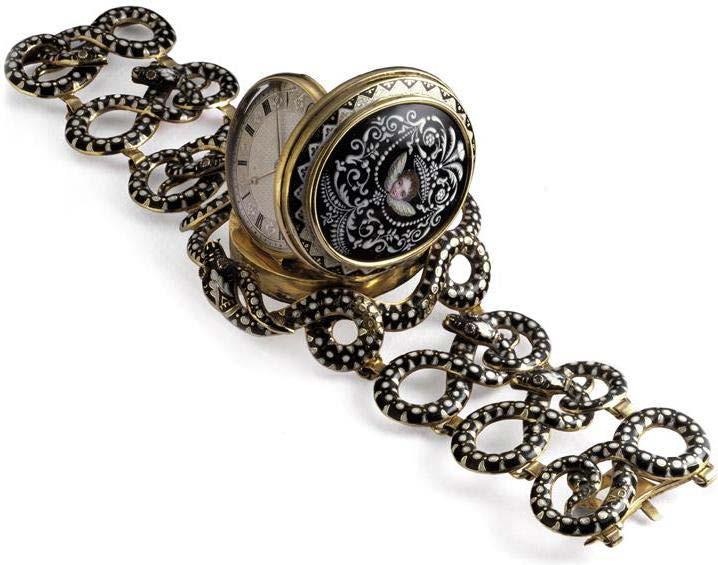
10 minute read
WATCHES ANTIQUE WATCHES THE LOST TIME
by The J Mag
The Lost Time
The birth of the wristwatch is quite debated even if everyone agrees that in the first centuries the wristwatch was a female accessory and that men continued to use the pocket watch.
Advertisement
In the nineteenth century the first wristwatches were considered as prestigious accessories, fashionable items intended for royal families and nobles.It was in 1810 the creation of the first Breguet model for the queen consort of Naples and sister of Napoleon Carolina Bonaparte, which inspired all subsequent Reine de Naples models. Patek Philippe made a gold wristwatch in 1868, the oldest still existing today, preserved in the Patek Philippe Museum.Brazilian pioneer of flight Alberto Santos-Dumont had himself built in 1904 from his Parisian watchmaker friend Louis Cartier a watch that was worn on the wrist. For this reason, the Cartier Santos is considered the first men’s wristwatch.
In 1910, the Rolex was the first watch in the world to receive the Swiss chronometric precision certificate. In 1926 Rolex launched the first waterproof and dustproof watch, under the name of “Oyster”. It has a hermetically sealed case which ensured that the movement was perfectly protected. The patent for the self-winding wristwatch was filed in 1923 by the English watchmaker John Harwood, who in 1926 collaborated with Fortis to create the first automatic wristwatch of history. Even without owning a watch that made history with a capital “S” owning a “Vintage” watch means being interested in what that particular model has meant and continues to mean for collectors, enthusiasts and curious.


Wristwatches were worn only by women before the 20th century — and more for decoration than anything as practical as punctuality.
The watchmaker Girard-Perregaux supplied what may be the first examples to the German Imperial Navy in 1880, after an officer reportedly complained that operating a pocket watch was difficult when timing a bombardment. He is said to have shown his superiors his solution: a pocket watch strapped to his wrist.


On request from the military, the company dispatched watchmakers from La Chauxde-Fonds, Switzerland, to Berlin to begin production of small timepieces attached to bracelets.
Cartier’s iconic Tank watch, created in 1917 by the company’s founder, Louis Cartier, was inspired by the Renault tanks that he saw on the western front as a soldier. After multiple reinterpretations in the intervening decades, it is now available in 41 variations, with combinations of yellow gold, white gold, pink gold and steel, at prices starting from about $1,900. Legend has it that the design at first had no name, but when Cartier said that he had modelled it on a bird’s eye view of the tank’s square cockpit and lateral tracks, the moniker stuck.
“Louis Cartier had an expression that a good idea is an idea that gives birth to the evolution of something,” said Pierre Rainero, head of Cartier’s department of image, patrimony and heritage. “The tank, in addition to being essential, is so strong that it can evolve in terms of volume and proportion, but you always recognize the Tank watch.”
The Tank, with its instantly recognizable rectangular case and Roman numerals, has been a favourite of celebrities including Greta Garbo, John F. Kennedy (who bought one for his bride with the inscription, “To Jackie. Love, Jack.”) and Princess Diana. Its prototype was presented to General John J. Pershing, commander of the American expeditionary force in France, a year after the end of World War I, virtually sealing its place in 20th-century history.

“There are two ways to look at the Tank watch. It is a tank motif that was created in 1917 effectively when the U.S. and French tanks arrived on the battlefield, but it also in a way began in 1904 when Cartier had the idea to design a watch to help fly a plane,” Rainero said, referring to a timepiece made by Cartier for his friend Alberto Santos-Dumont, an early aviation pioneer who wanted a simple clock for his cockpit. “What you get is the evolution of the watch that reached the purest shape for a watch to be worn on the wrist.”
Around the time that Cartier made his pilot’s watch, the military market was picking up momentum. In 1902, an Omega advertisement showed a wristwatch being worn by a British artillery officer, describing it as “an indispensable item of military equipment.” In 1904, a German newspaper ad for Omega featured an endorsement by a British commander: “The
1943 Elgin men’s tank watch
intensive use during so many months of active service in the cavalry section of the army certainly is a hard test, especially if you consider heat and frost, rain and sandstorms,” the testimonial read.
As early 20th-century land warfare developed its defining style, a new type of watch evolved — trench watches (sometimes nicknamed “wristlets”) with virtually identical enamel dials, wide white numerals on a black background and a luminescent hour hand. This became the look of the day for early men’s wristwatches. Like its ancestor the pocket watch, the trench watch had hinged front and back covers.


Not all were utilitarian, however. Wilsdorf & Davis, which ultimately adopted the trade name Rolex, began experimenting with wristwatches in 1905.
“I created a small number of silver models for ladies and gentlemen with leather watch bands. I had an enormous success. It was necessary to prepare a larger number of watches, and soon there were added gold models, too,” the company’s founder, Hans Wilsdorf, once said. “Now flexible metal watch bands, invented in 1906, were produced for the first time and very soon they were favored by the British customers.”
Across the Atlantic, The Hamilton Watch Company, founded in 1892 in Lancaster, Pennsylvania, was getting in on the act. Originally known for the precision pocket watches used to time trains at railroad stations across the United States, Hamilton became the official watch supplier to the U.S. military at the outset of World War I. It was Hamilton, too, that refined the wristwatch for the U.S. Air Force in the infancy of aviation. As the flying ace became the iconic image of the new military hero, complete with goggles, leather jacket and long scarf, Hamilton found success with its Khaki pilot’s watch. Produced in more than a million examples during and just after the war, the Khaki became a status symbol speaking to daredevil refinement — though how that happened is a bit of history somewhat shrouded in mystery.
“There is not a lot of information in our archives because it was something done in secrecy with the military. There was no dialogue about it during the time,” said Sylvain Dolla, chief executive of Hamilton, now based in Biel, Switzerland. “There is not a catalog or other marketing tools from that time.”
The company has maintained the basic design of the Khaki, with its simple stainless steel and sapphire crystal, for 100 years. The various designs range in price from about $600 to $1,800.

Bell & Ross, a 21-year-old company known both for watches that replicate cockpit instrumentation and for waterproof scuba diving watches, has introduced two new lines that celebrate the transition from pocket watch to wristwatch. The PW1 offers three designs of the pocket watches popular around the turn of

the last century, complete with classic watch chain fastenings: The WW1 (referencing both “wristwatch” and “world war”) comes in about 10 variations with vintage-styled features including a grooved crown, designed for easy winding by fighter pilots who often wore gloves, and a domed crystal. Prices range from about $2,000 to $20,000.
“Any military-themed object is about functional design, and we had two iconic objects that inspired us. The pocket watch was in the back of our minds, and the second inspiration was aviation,” said Carlos Rosillo, the founder and chief executive of Bell & Ross. “We wanted to capture the soul of the airplane, the cockpit, the dashboard.”


For Rosillo, designing watches as the centenary approaches is no different than what watch designers were doing in 1914 as war loomed.
“The beauty of the watches that emerged during that era is about simplicity. World War I was the beginning of aviation and heroes who were pilots,” he said.
“The inspiration for these watches is not only about the object, it’s about the heroes of World War I. They’re to be remembered.”

The Haute Couture Spring 2021
Theatre of the Dream
The Haute Couture Spring 2021

Theatre of the Dream
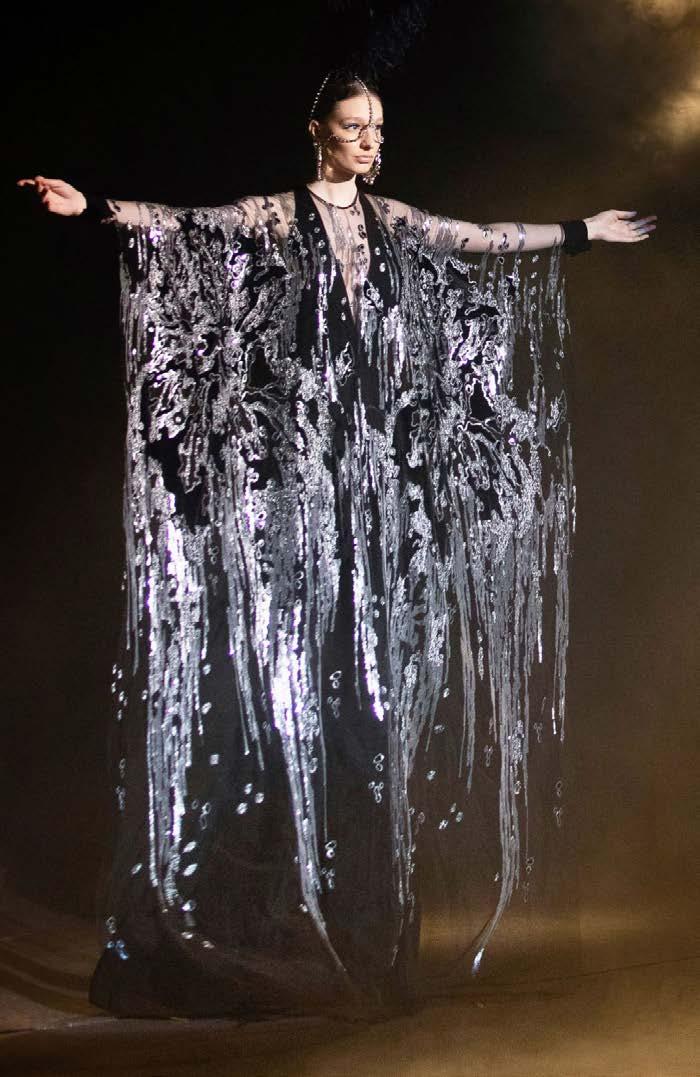


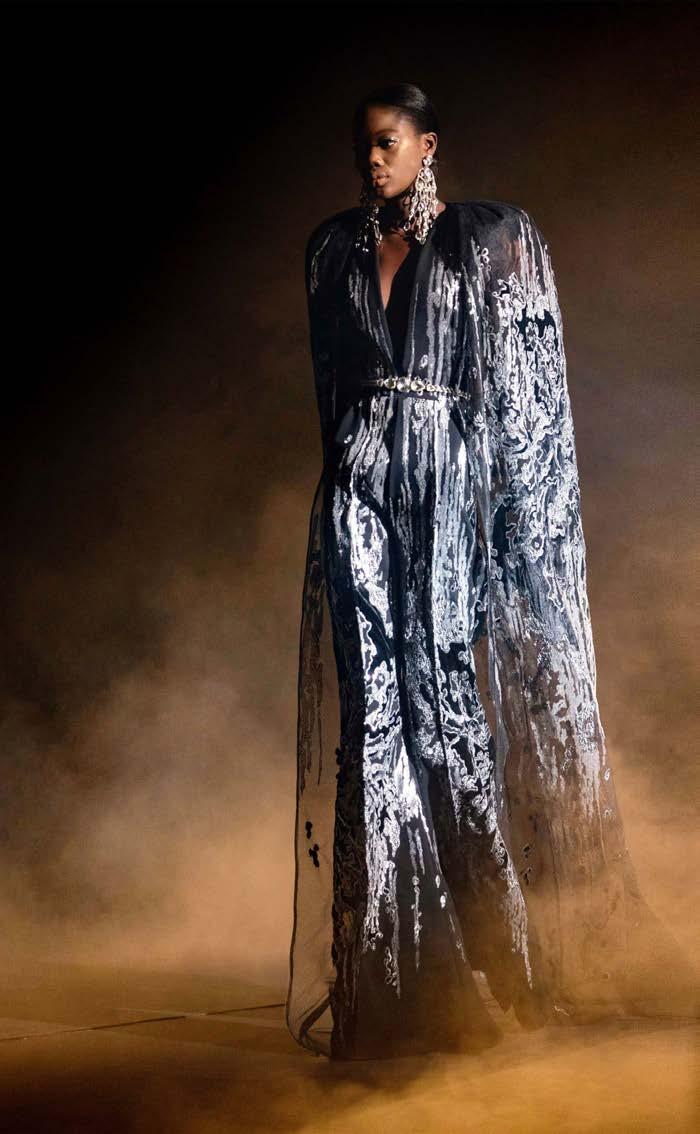
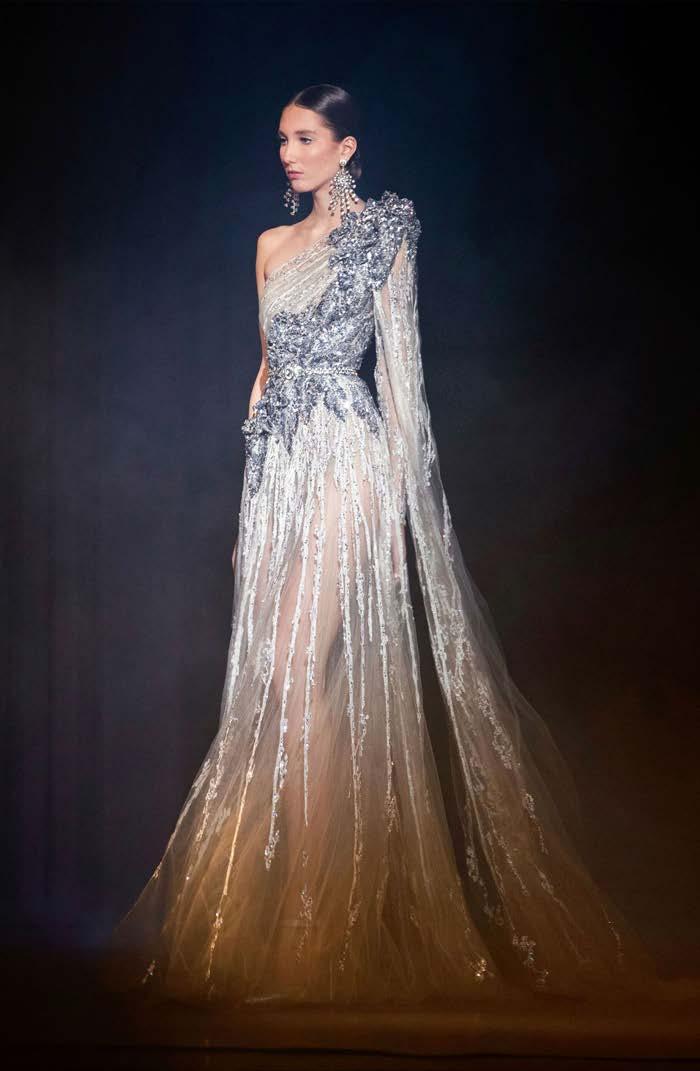
Saab designed a fantasy called Le Théâtre du Rêve (Theater of the Dream) where models sported marvellously worked pieces with Belle Époque splendour. Many pieces featured bold, architectural shoulder
details. When combined with the
volumes and Saab’s new use of
feathers, they read as wings. Dresses predominated, but there were pant looks as well, and the thigh-high boots paired with shorter hems could be mistaken for leggings.



Saab designed a fantasy called Le Théâtre du Rêve (Theater of the Dream) where models sported marvellously worked pieces with Belle Époque splendour. Many pieces featured bold, architectural shoulder
details. When combined with the
volumes and Saab’s new use of
feathers, they read as wings. Dresses predominated, but there were pant looks as well, and the thigh-high boots paired with shorter hems could be mistaken for leggings.


The Queen of Colours
Black Diamond
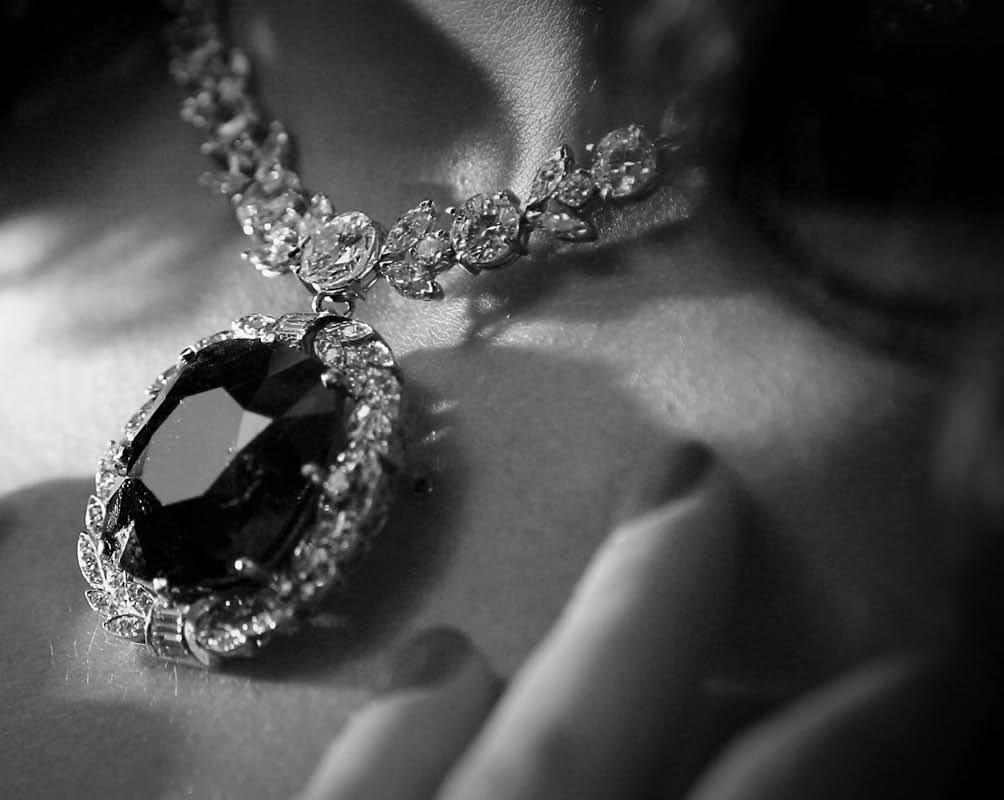
Black diamonds are among the most popular colour of coloured diamonds. In fact, in recent years as the popularity for nonconventional engagement rings has grown the demand for these beautiful gems has gone through the roof and for a good reason. While white diamonds take away the spotlight for most festive occasions, these glittering smoky gems are creating a new comeback in the world of jewellery. Mysterious and unusual, black diamonds are all the rage among the elites of Hollywood.




